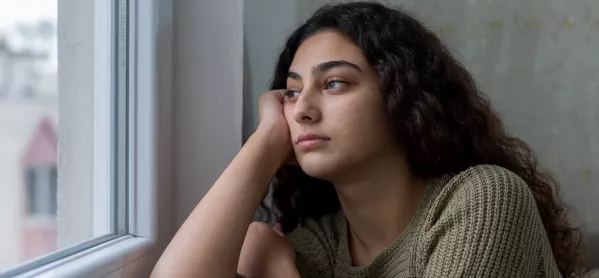The majority of the government’s £1 billion “catch-up” fund will not be targeted towards disadvantaged pupils, it has emerged.
Unlike the separate £350 million pot to be spent on a tutoring scheme for the most disadvantaged pupils, the government has not specified how the remaining £650 million will be distributed, for example, whether schools in affluent areas will be handed the same amount as those in areas of high deprivation.
There had been calls, including from Education Policy Institute executive chairman David Laws, for the money to be weighted towards pupils facing the biggest disadvantage, in light of serious concerns about the attainment gap growing under coronavirus.
But Tes has learned that that the money is a per-pupil amount to be spread evenly across schools, regardless of the levels of disadvantage among their pupils.
New money: £1 billion ‘Covid catch-up plan’ unveiled
Comment: Is the £1bn catch-up more about headlines than pupils?
Unclear: Heads ‘confused’ over £650m DfE Covid-19 catch-up fund
Finding out how the money, announced last week, was being allocated had been the Association of School and College Leaders’s (ASCL) “number one question” for the Department for Education.
The association’s general secretary Geoff Barton said this afternoon: “We would have preferred to see it targeted at disadvantaged pupils, as these are the children who are most likely to have fallen behind, and funding would then have more closely matched need.
“However, headteachers and staff will, of course, be identifying where learning gaps have arisen within their own context, and will target the allocation they receive accordingly. They are experts at doing this, and pupils and parents can be confident that everything possible will be done to support catch-up.
“We continue to be dismayed by the lack of catch-up funding for post-16 and early years education. There is no rhyme or reason for this omission, and these vital phases must receive support.”
The £650 million works out at around £80 per pupil if spread out evenly, according to estimates by Luke Sibieta of the Institute for Fiscal Studies.
Schools will have discretion over how to spend the money.
Mary Bousted, joint general secretary at the NEU teaching union, said the money was “inadequate” and “should be targeted on the most vulnerable”. She added: “It makes sense to give it to pupils who may not have had access to learning at home.”
And there needed to be realistic expectations around what schools working through the pandemic could achieve with the funds, she said.
Not all headteachers want the money to go to the disadvantaged. Jules White, head teacher Tanbridge House School and founder of the Worth Less? School funding campaign said: “Targeting some of this funding for disadvantaged children is fine but all children have lost valuable learning time and the government must look after every children rather than a minority.”
The DfE has been contacted for comment.
Tes is running a series of Closing the Covid gap reports on the challenges faced by schools in helping vulnerable and disadvantaged pupils catch up as they come out of lockdown.




